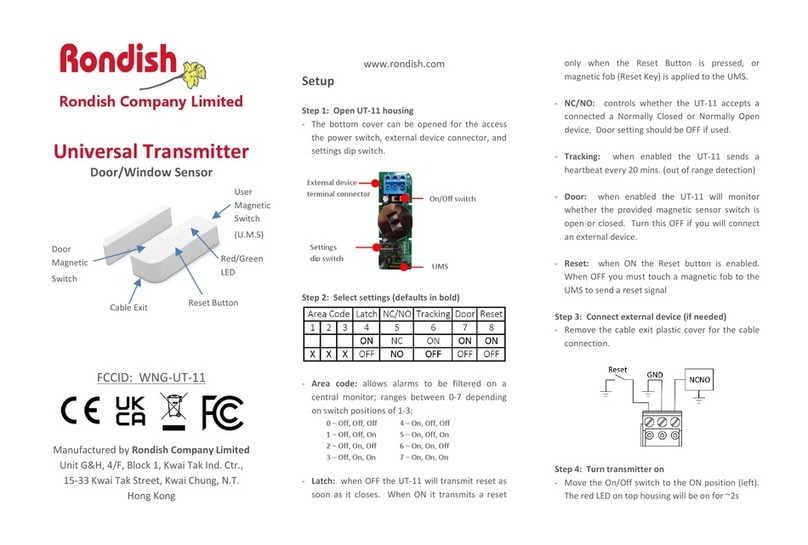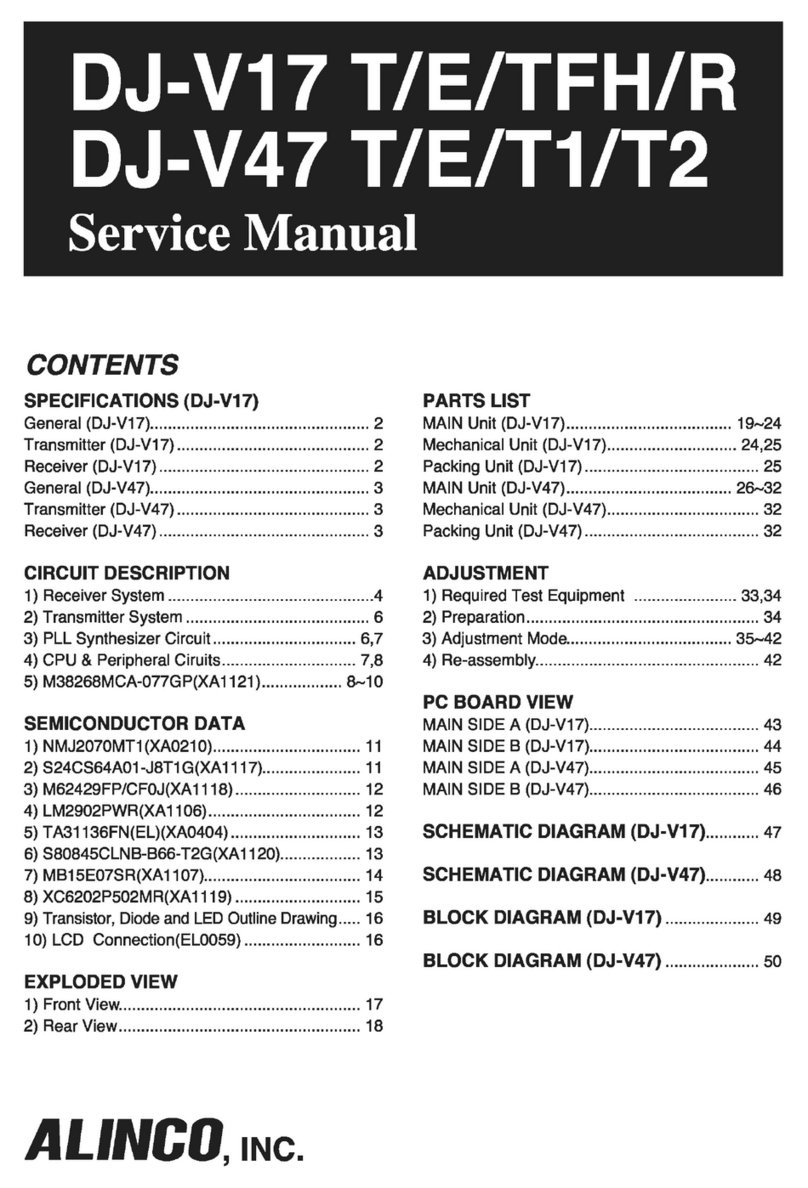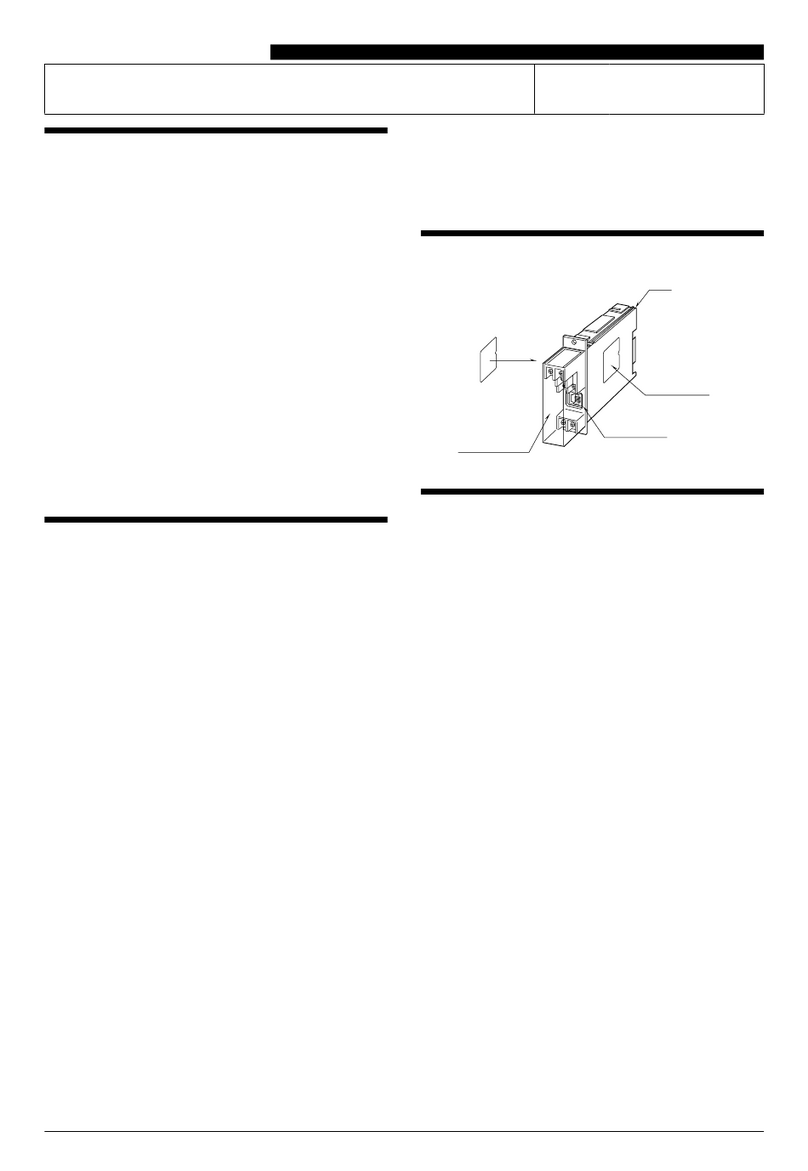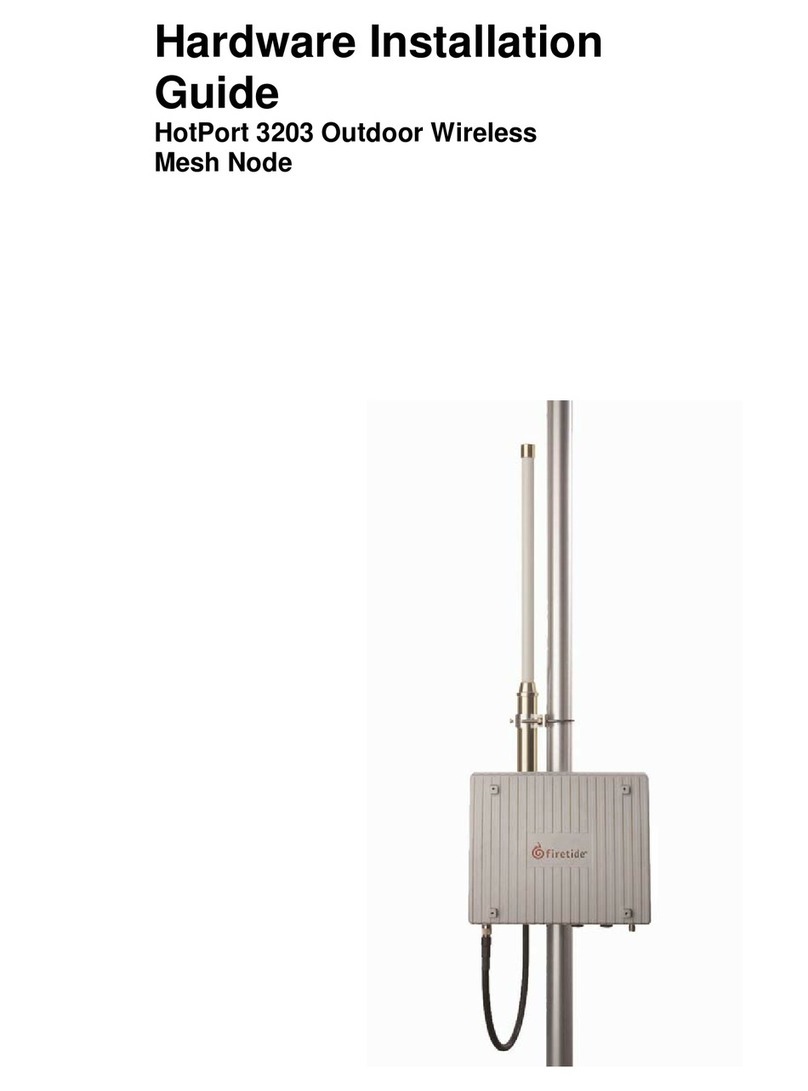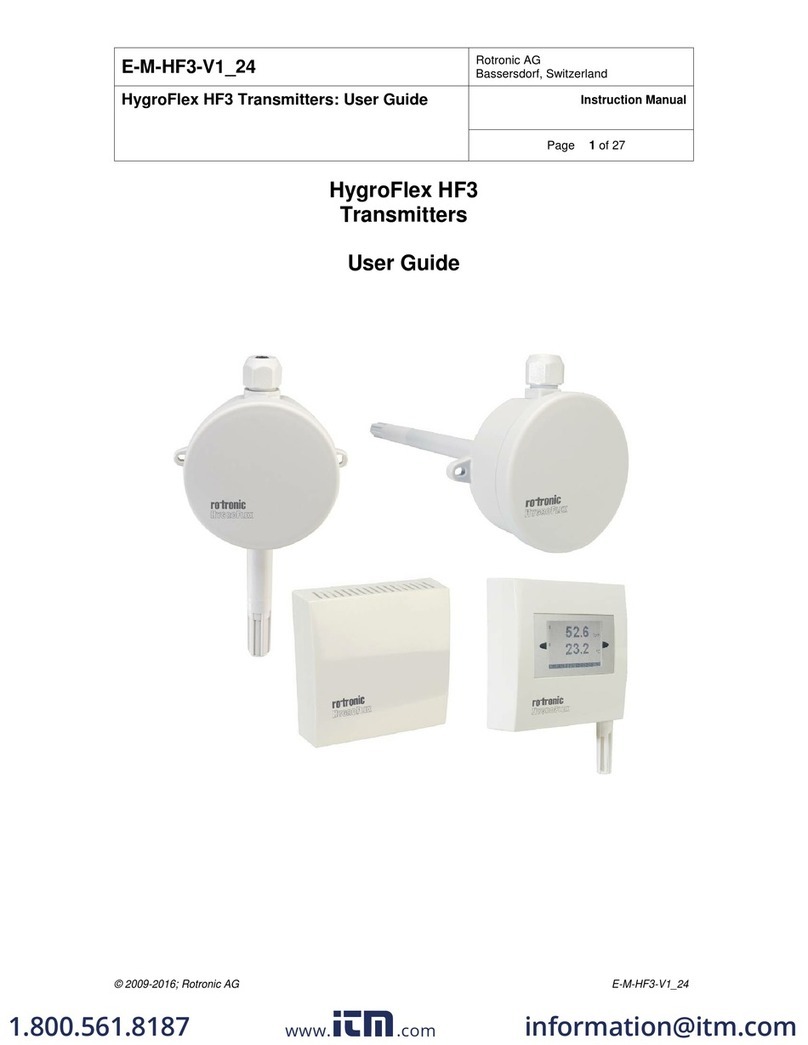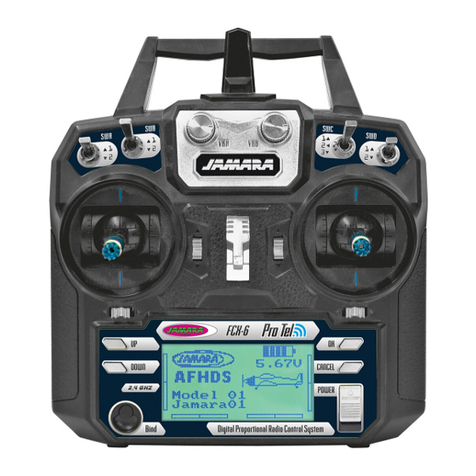
120 40515-100a HiPR900 User Manual
ii
1. PRODUCT OVERVIEW...................................................................................................................................1
1.1 INTENDED AUDIENCE........................................................................................................................................1
1.2 GENERAL DESCRIPTION.....................................................................................................................................1
1.2.1 Features...................................................................................................................................................2
1.2.2 Configuration...........................................................................................................................................2
1.3 FACTORY TECHNICAL SUPPORT ........................................................................................................................3
1.4 PRODUCT WARRANTY.......................................................................................................................................4
1.5 REPLACEMENT PARTS .......................................................................................................................................4
1.5.1 Factory Repair.........................................................................................................................................4
1.6 PACKAGING.......................................................................................................................................................4
2. INSTALLATION................................................................................................................................................5
2.1 OVERVIEW ........................................................................................................................................................5
2.2 LOCATION .........................................................................................................................................................5
2.3 FRONT VIEW .....................................................................................................................................................5
REAR VIEWS ..............................................................................................................................................................7
2.5 ELECTRICAL......................................................................................................................................................8
2.5.1 Paragon-III Assembly Power ..................................................................................................................8
2.6 POWER AMPLIFIER ............................................................................................................................................9
2.7 ANTENNA........................................................................................................................................................10
2.7.1 Overview................................................................................................................................................10
2.7.2 Cabling and Connection........................................................................................................................10
2.8 COMPLETING THE PHYSICAL INSTALLATION....................................................................................................10
2.9 CHECKING OUT NORMAL OPERATION .............................................................................................................10
3. OPERATING DESCRIPTION .......................................................................................................................11
3.1 RADIO ASSEMBLY...........................................................................................................................................11
Diversity SDR Rx module ...................................................................................................................................11
3.1.2 5W Transmitter module .........................................................................................................................12
3.1.3 70W Power Amplifier ............................................................................................................................12
3.1.4 BSC module ...........................................................................................................................................13
3.1.5 Speaker panel ........................................................................................................................................13
3.1.6 Power Supply Modules..........................................................................................................................14
3.1.7 Radio Backplane Assembly....................................................................................................................16
3.2 ONLINE & OFFLINE DIAGNOSTICS...................................................................................................................16
4. OPERATION & CONFIGURATION............................................................................................................17
4.1 BROWSER-BASED SETUP AND STATUS............................................................................................................17
4.2 DEFAULT IP SETTINGS ....................................................................................................................................17
4.2.1 Ethernet Interface 1 (DATA)..................................................................................................................17
4.2.2 Ethernet Interface 2 (SETUP)................................................................................................................17
4.2.3 RF Interface...........................................................................................................................................17
4.3 IP NETWORK SETTINGS...................................................................................................................................18
4.3.1 IP Network Settings (with Host) ............................................................................................................18
4.3.2 IP Network Settings (with Router).........................................................................................................18
4.4 LAN SETUP.....................................................................................................................................................19
4.5 LOGIN SCREEN ................................................................................................................................................19
4.5.1 Initial Installation Login........................................................................................................................19
4.6 SECURITY SETUP.............................................................................................................................................20
4.7 INTERFACE ......................................................................................................................................................20
4.7.1 Apply Parameters & Save Parameters Buttons Behavior .....................................................................21
4.7.2 Unit Status .............................................................................................................................................22





